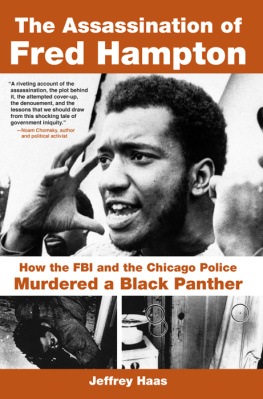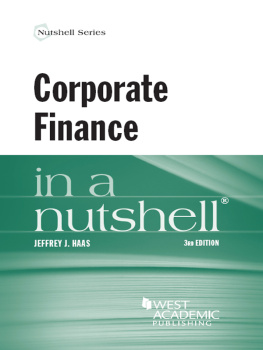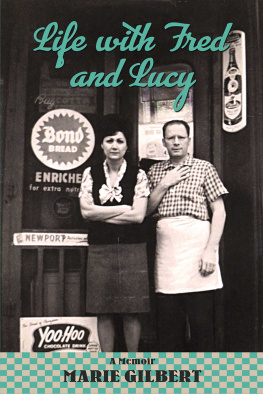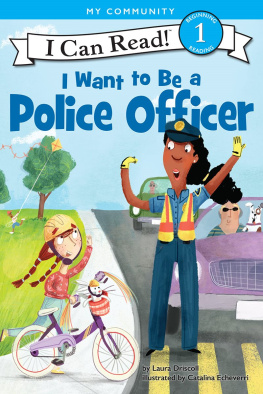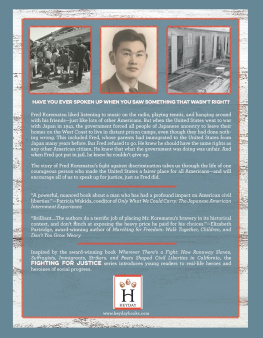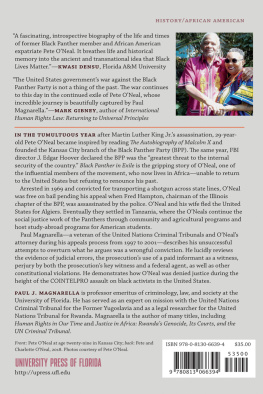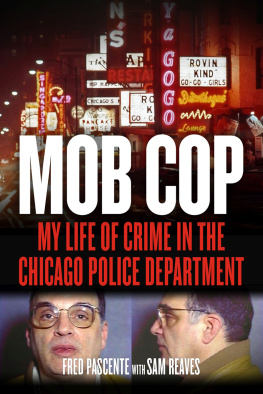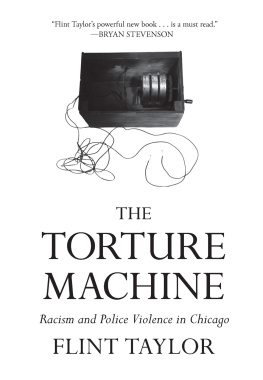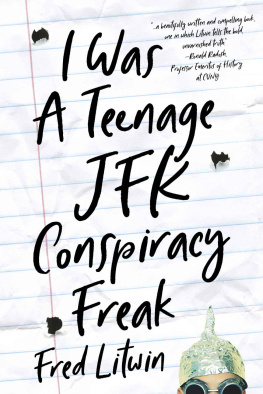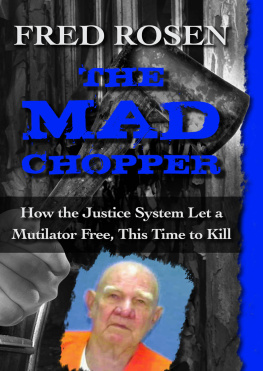Acknowledgments
To Those Who Worked to Uncover the Assassination
Although this book describes events from my perspective, I want to make it clear that the Peoples Law Office and I never acted alone. We always had help. The list of individuals who actively worked to help expose and condemn the murders of Fred Hampton and Mark Clark includes other lawyers, students, community activists, reporters, filmmakers, elected officials, and many ordinary citizens.
Within a few hours of the raid, PLO lawyers, law students, and several volunteers began gathering, tabulating, and securing evidence. Renault Robinson, leader of the Afro-American Patrolmans League, went to the scene, examined the bullet holes resulting from shots coming into the apartment, and quickly condemned the raid as a police murder. After seeing the bullet holes in the apartment walls and hearing the survivors descriptions of the raid as a military-style surprise attack, Bobby Rush, Fred Hamptons coleader of the Panthers, declared to the public and press that the FBI and its director, J. Edgar Hoover, were responsible.
It took the next thirteen years and the sustained efforts of hundreds of dedicated people to fight against the deliberate cover-up by the Chicago police, Hanrahans office, and the FBI and finally prove the conspiracy accusations correct. The Chicago Panthers and the seven survivors of the raid, Doc Satchel, Harold Bell, Brenda Harris, Verlina Brewer, Bill Hampton, Akua Njeri, Louis Truelock, and Blair Anderson, kept the issue in the public spotlight. I also want to clearly recognize that the unnamed thousands from the black communityas well as many white people of consciencewho stood in line to view the murder scene, who walked solemnly past Fred Hamptons casket, who attended his memorial service, or who voted to defeat and oust Hanrahan in the next election, played critical roles.
Attorneys Eugene Pincham, Sam Adams, Kermit Coleman, and Warren and Jo-Anne Wolfson were our early mentors and helped us represent the Panthers after the raid. Jim Montgomery taught us about trial technique and devoted huge chunks of his time and practice to vindicating the rights of the victims of the December 4 raid. Herbert Reid of the NAACP and Howard Law School came to Chicago and assisted us through the long trial. Arthur Kinoy, Bill Bender, and Morty Stavis of the Center for Constitutional Rights and Rutgers Law School helped us to shape our complaint, answer numerous motions to dismiss, and ultimately keep our litigation alive. Many other lawyers and legal groups gave us substantial help and support along the way, including James Meyerson and Nathaniel Jones of the NAACP; Tom Geraghty and Jonathon Hyman of the Northwestern Legal Clinic; Jay Shulman from the National Jury Project and Diane Rappaport, Sarah Vanderwicken, and Liza Lawrence, who assisted Shulman with our jury selection in Chicago; Larry Kennon and the Cook County Bar Association; Susan Rutberg; Sybille Fritsche and Nancy Preston of the Lawyers Committee for Civil Rights; the Chicago Council of Lawyers; the National Lawyers Guild; and attorneys Stephen Seliger, David Thomas, Barry Spevak, and Kenneth Tilsen, who helped on the appellate briefs.
Fred Hamptons life and the raid that ended it were captured for all time in the film footage by Mike Gray and the Film Group. It is dramatically incorporated in their subsequent documentary film, The Murder of Fred Hampton, directed and edited by Howard Alk. Norris McNamara took photos of the raided apartment for the defense.
A group of local and national reporters refused to accept the polices version of the event. They delved deeper and played a critical role in informing the public about what actually happened. The Chicago reporters were Chris Chandler, Brian Boyer, Lu Palmer, Rob Warden, Tom Dolan, Betty Washington, Hank Di Sutter, Lillian Calhoun, Bob McClory, Dennis Fisher, and Ron Dorfman. They were joined by John Kifner and Nathaniel Sheppard of the New York Times, Francis Ward of the Los Angeles Times, and Salim Muwakkil of In These Times.
The December 4th Committeewhich was often headed by Akua Njeri (previously named Deborah Johnson), Fred Hamptons fiancewas made up of raid survivors Doc Satchel, Harold Bell, Brenda Harris, and Verlina Brewer, and community activists Prexy Nesbitt and David Saxner. They kept the public and media informed about the trial, brought people to court, and held fundraisers for legal costs.
Public figures who spoke out loudly to condemn the raid included then state representative Harold Washington and then alderman Danny Davis, former congressman Abner Mikva, former alderman Leon Despres, former Supreme Court justice Arthur Goldberg, former attorney general Ramsey Clark, former NAACP executive director Roy Wilkins, and Reverend Jesse Jackson. The list is longer than I can include here but also includes Reverend Tom Strieter and the Maywood Town Council, Howard Saffold, attorney Tom Todd, and Mary Powers. Dick Gregory and former Black Panther Party leader Elaine Brown also protested Hamptons assassination to a national audience.
Two people who did their jobs with integrity rather than joining the government cover-up were assistant U.S. attorney Sheldon Waxman, who turned over the FBIs floor plan in spite of his implicit instructions to keep the organizations role in the raid hidden; and Robert Zimmers, the FBI firearms expert, who proved the falsity of the polices version of the raid by accurately connecting the bullet holes, bullet fragments, and shell casings to police weapons. He also exposed that the Chicago Crime Lab deliberately falsified their findings to fit the polices story. Herbert MacDonnell and Eleanor Berman were also experts who acted with honor.
I want to acknowledge the courage and legal acumen of Judge Luther Swygert, who took the time to carefully and thoroughly read the massive record, analyze the compelling evidence of government conspiracy and cover-up, and write a careful, incisive opinion on the facts and the law. The decision was implemented by Judge John F. Grady, who likewise recognized the strength of our evidence and was willing to impose sanctions against the defendants for their efforts to obstruct its production. Their tenacity in upholding the basic principles of civil rights and constitutional law must be contrasted with that of Appellate Judge Wilbur Pell. He dismissed our claims and our proof as unbridled, denigrating attacks on public officials, while he acknowledged he never read the record. He also never divulged that he had been an FBI agent, which would have allowed us to get him dismissed from ruling on the appeal.
Of course I must recognize my partners, comrades, and fellow workers at the Peoples Law Office, who had the vision and perseverance to pursue the case legally and in the public forum for so many years and against tremendous odds. To Skip Andrew, who had the presence of mind to go to the scene within minutes of the polices departure and film the gathering of physical evidence the police left behind. To Dennis Cunningham, who provided the vision and political will to pursue the case to its end. To the many PLOers who worked on the case over the yearsthey are too numerous to name, but especially to then law students Seva Dubuar, Jack Welch, and Ray McClain, who helped gather evidence, and to my law partner Donald Stang and attorney Marc Kadish, who assisted the criminal defense of the survivors. To Nancy Dempsey, Mary Frank, Victory Kadish, and Reverend Jim Reed, who also went to the scene early and helped collect evidence. An especially big thanks to Peter Schmiedel and Holly Hill, who devoted two years to our trial preparation; to Charles Hoffman, Jon Moore, and Michael Deutsch, who, with help from Mara Siegel and Ralph Hurvitz, worked assiduously to prepare the many trial briefs and appellate pleadings; and to Linda Turner, who typed them all.

